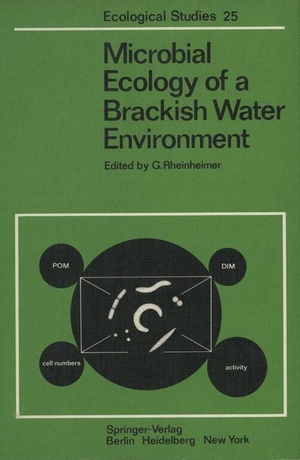Für statistische Zwecke und um bestmögliche Funktionalität zu bieten, speichert diese Website Cookies auf Ihrem Gerät. Das Speichern von Cookies kann in den Browser-Einstellungen deaktiviert werden. Wenn Sie die Website weiter nutzen, stimmen Sie der Verwendung von Cookies zu.
Cookie akzeptieren
Microbial Ecology of a Brackish Water Environment
- Springer Berlin Heidelberg
- 2012
- Taschenbuch
- 312 Seiten
- ISBN 9783642667930
A knowledge, which is as accurate as possible of microbial ecology is indispensible for ecosystem research and environmental protection. This is particularly true for coastal waters, whereby brackish water areas occupy a special position. After several years of preliminary studies on the composition and distribution of the micro flora -algae, fungi, and bacteria -a comprehensive investigation on the primary production, bacterial development and microbial uptake and decom position of substances in the Kie1 Bight was carried out, during which ten scientists from the Institut fUr Meereskunde ofKiel University participated. Here forthe first time numerous hydrographical, chemical and microbiological parameters could be measured on the same water
Mehr
Weniger
zzgl. Versand
in Kürze